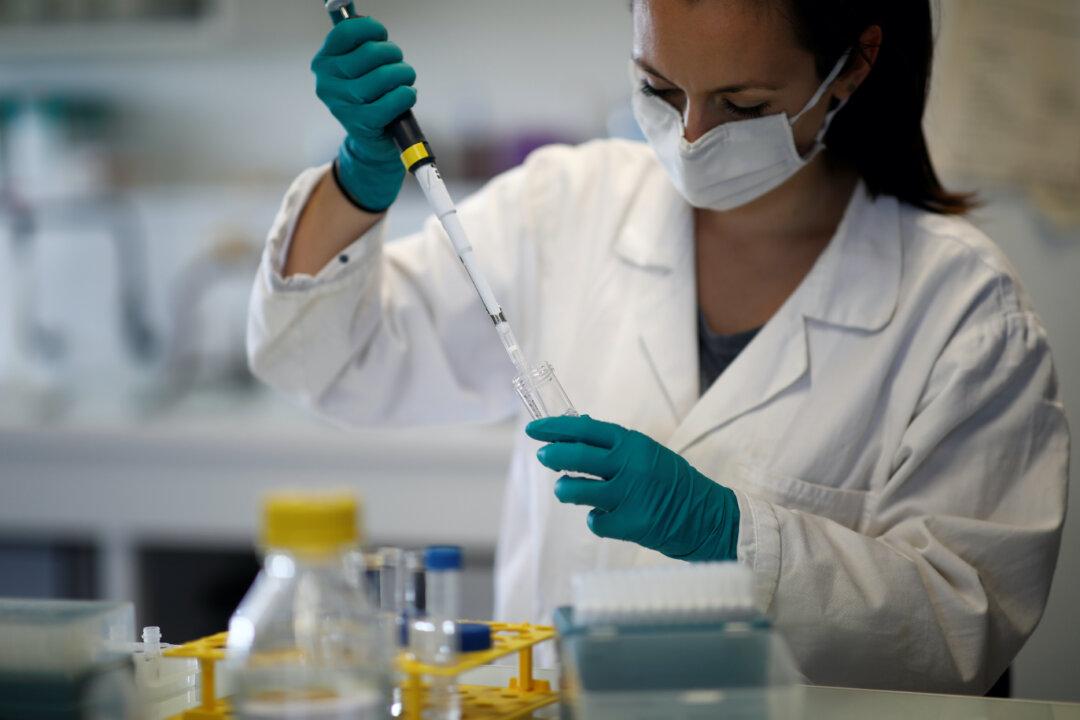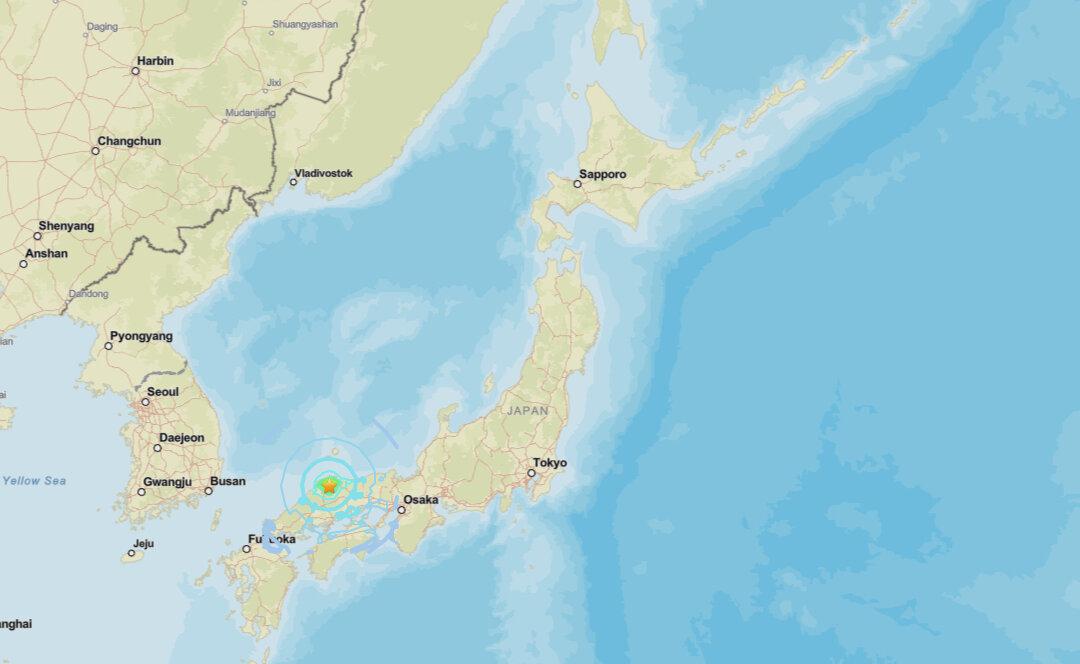NOISY-LE-GRAND, France—Samples of wastewater from the Paris sewage system have been showing traces of COVID-19 again since the end of June, the virus traces having previously vanished when France imposed a lockdown, according to the head of the laboratory leading the research.
Infection rates in France are subsiding, but officials this week made the wearing of masks in enclosed public spaces compulsory after a series of localised flare-ups. To date France has reported over 30,000 COVID-19-related deaths.





